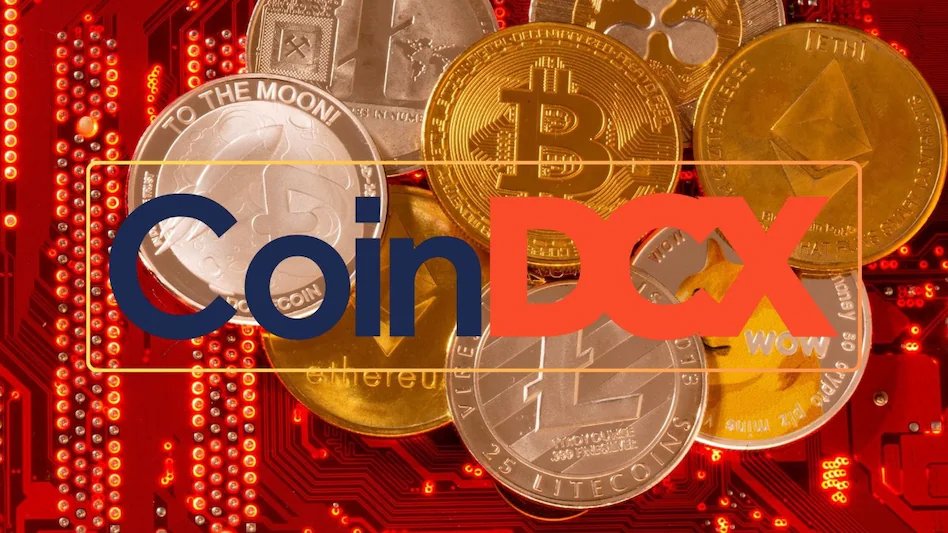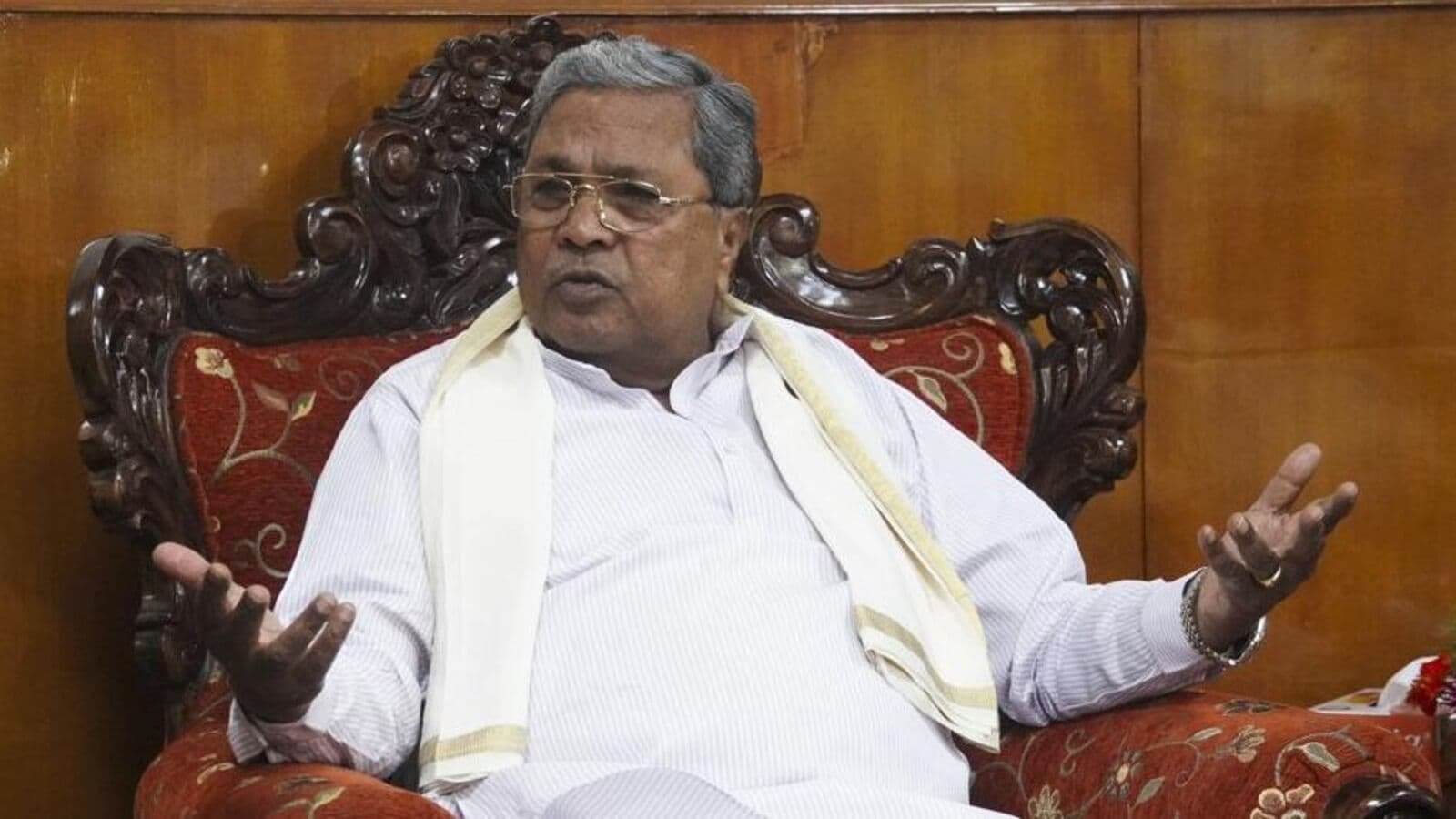Dr. Harold D’Costa,
President - Cyber Security Corporation, Advisor , (Law enforcement agencies - Cyber Crime), International Trainer (Judges & Public Prosecutor)
By 2025, enterprises are accelerating the adoption of AI-driven automation, edge computing, and hybrid cloud strategies. AI has evolved into a fundamental element across decision-making, cybersecurity, and operational optimization. Generative AI is redefining software development, customer interaction, and threat intelligence. Concurrently, edge computing is driving low-latency data processing and enabling real-time analytics, especially in IoT-intensive sectors like logistics, manufacturing, and energy.
Hybrid and multi-cloud architectures are now the standard, offering scalability, resilience, and flexibility while minimizing dependence on single vendors. Security frameworks are rapidly transitioning to Zero Trust models, ensuring continuous verification and granular access control to counter sophisticated, AI-enabled cyber threats. With the advent of quantum computing, enterprises are exploring post-quantum cryptography to future-proof their encryption mechanisms. The key challenge for IT leaders remains integrating these technologies while safeguarding security, ensuring compliance, and demonstrating ROI.
Role of CIOs in Business Strategy and Compliance
The role of the CIO has evolved from operational oversight to strategic leadership. In 2025, CIOs are pivotal in aligning IT investments with business goals, enabling revenue growth, and accelerating digital transformation. They collaborate closely with CEOs, CFOs, CHROs, and marketing heads to embed AI in decision-making, enhance customer experiences, and streamline operations.
CIOs are also accountable for regulatory compliance and sustainability initiatives, helping organizations meet ESG targets. As technology becomes a key business differentiator, CIOs must foster a data-centric culture that encourages collaboration and innovation. Success is now measured by business agility, customer value delivery, and competitive advantage rather than infrastructure uptime alone.
Responsibility Convergence
CIOs, CTOs, CISOs, and DPOs are increasingly operating in tandem as security, privacy, and innovation intersect. While CIOs manage risk and compliance, CTOs lead R&D and emerging tech adoption. CISOs protect against cyber threats, and DPOs ensure legal adherence to data protection regulations, such as the DPDP Act 2023, often operating independently to avoid conflict of interest.
Security is shifting from isolated IT functions to organization-wide responsibility. Enterprises are embedding cybersecurity into culture through awareness programs, phishing simulations, and executive-level threat education. AI-enabled threat detection, behavioral analytics, and Zero Trust frameworks are now integral, with Identity and Access Management (IAM), continuous authentication, and micro-segmentation forming the foundation of modern enterprise defense.






